Rulers who led badly enough to inspire revolutions
History has shown time and again that poor leadership can ignite the flames of revolution. When leaders fail to meet the needs of their people, discontent can quickly brew into a full-blown uprising. The consequences of such leadership are often monumental, leading to significant changes in the political landscape. Let’s take a journey through some of history’s most notable instances where royalty and rulers couldn’t hold their thrones, culminating in revolutions that reshaped nations.
Louis XVI of France: A Monarch’s Downfall
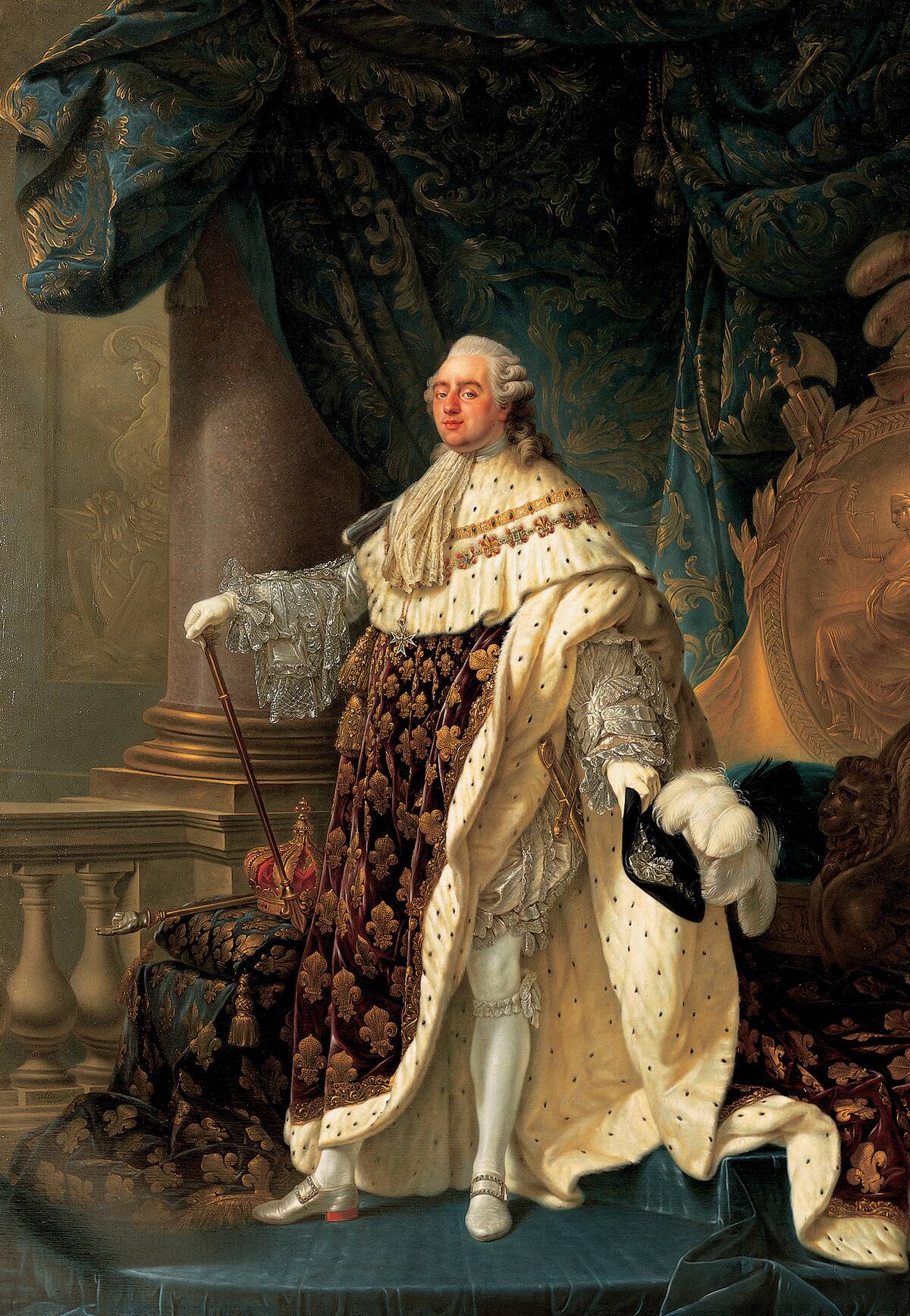
Louis XVI’s reign is synonymous with the French Revolution, a period marked by social and political upheaval. Despite his attempts at reform, his inability to manage the nation’s finances and his indecisiveness led to widespread discontent. The storming of the Bastille was a clear sign of the people’s frustration. Ultimately, Louis XVI’s failure to comprehend the dire need for change sealed his fate, leading to his execution and the fall of the monarchy.
Tsar Nicholas II of Russia: The Last Romanov
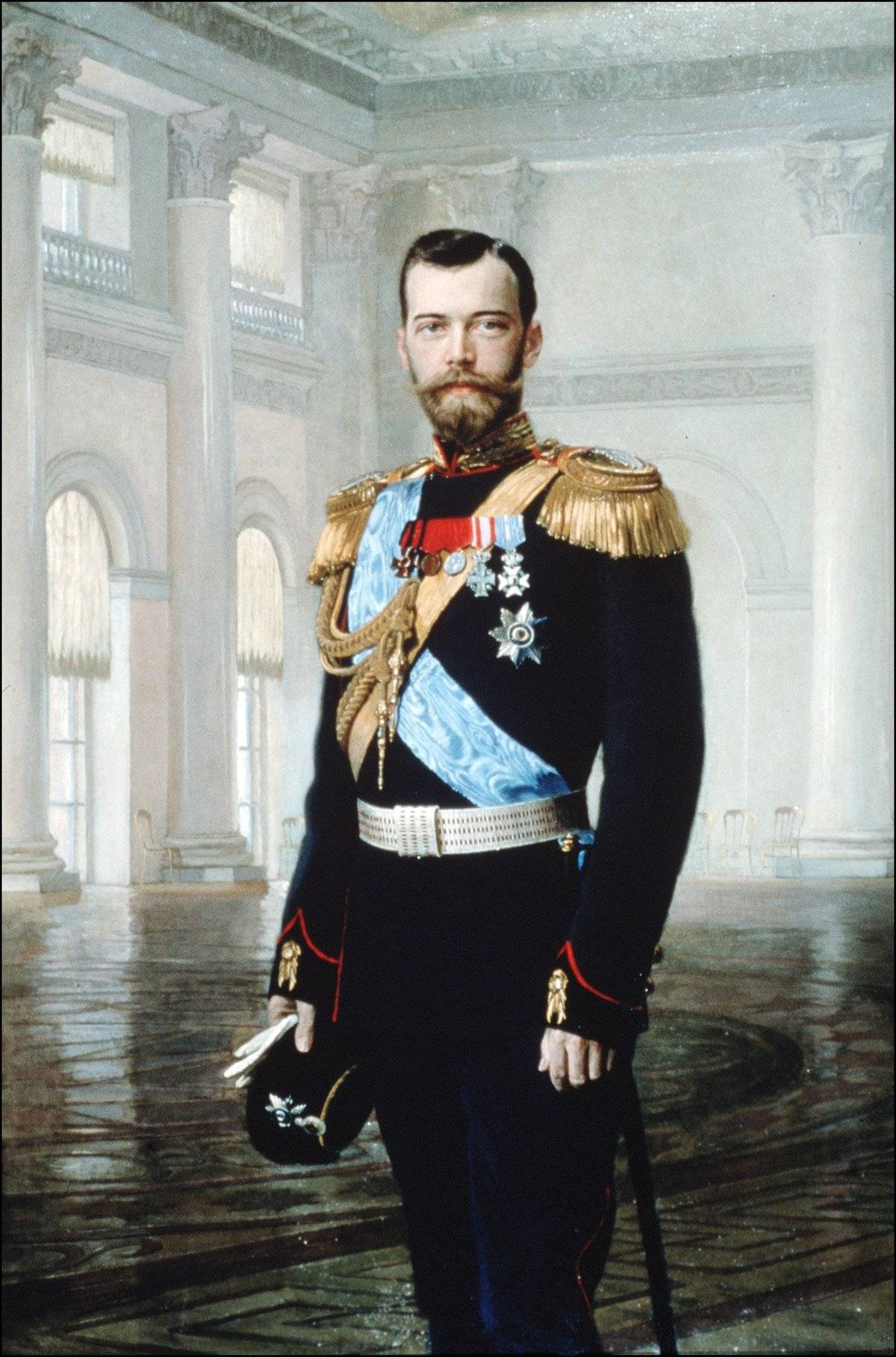
The reign of Tsar Nicholas II was fraught with turmoil, culminating in the Russian Revolution of 1917. His inability to address the needs of his people and the disastrous involvement in World War I exacerbated the country’s suffering. The February Revolution forced Nicholas to abdicate, ending over three centuries of Romanov rule. His execution marked the tragic end of an era and the dawn of Soviet Russia.
King Charles I of England: A Royal Misstep
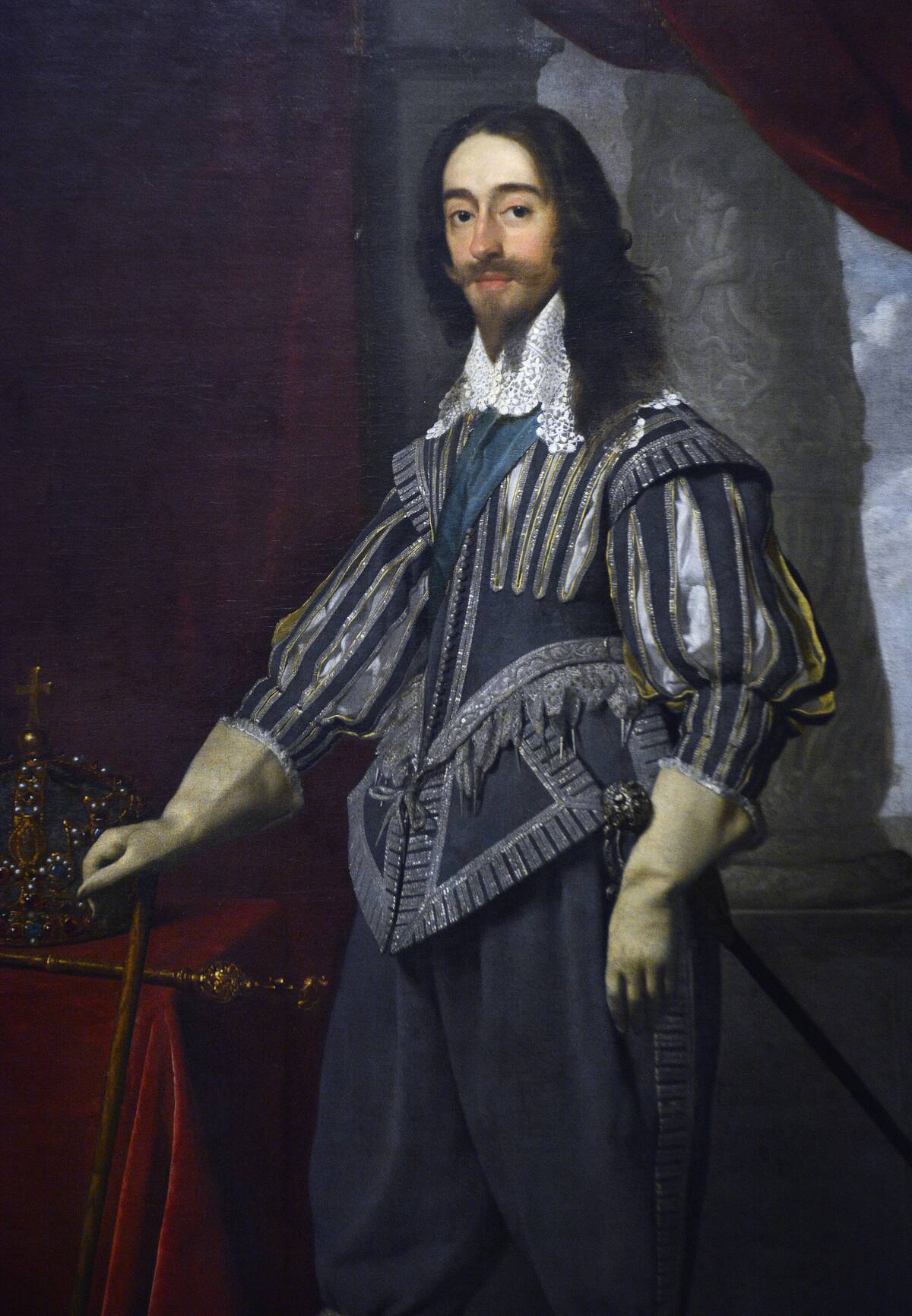
King Charles I’s reign was marked by his contentious relationship with Parliament, leading to the English Civil War. His belief in the divine right of kings put him at odds with his subjects and Parliament. As tensions escalated, the conflict ultimately led to his trial and execution. The monarchy was temporarily abolished, and England was declared a Commonwealth under Oliver Cromwell.
King Louis-Philippe of France: The July Monarchy’s End
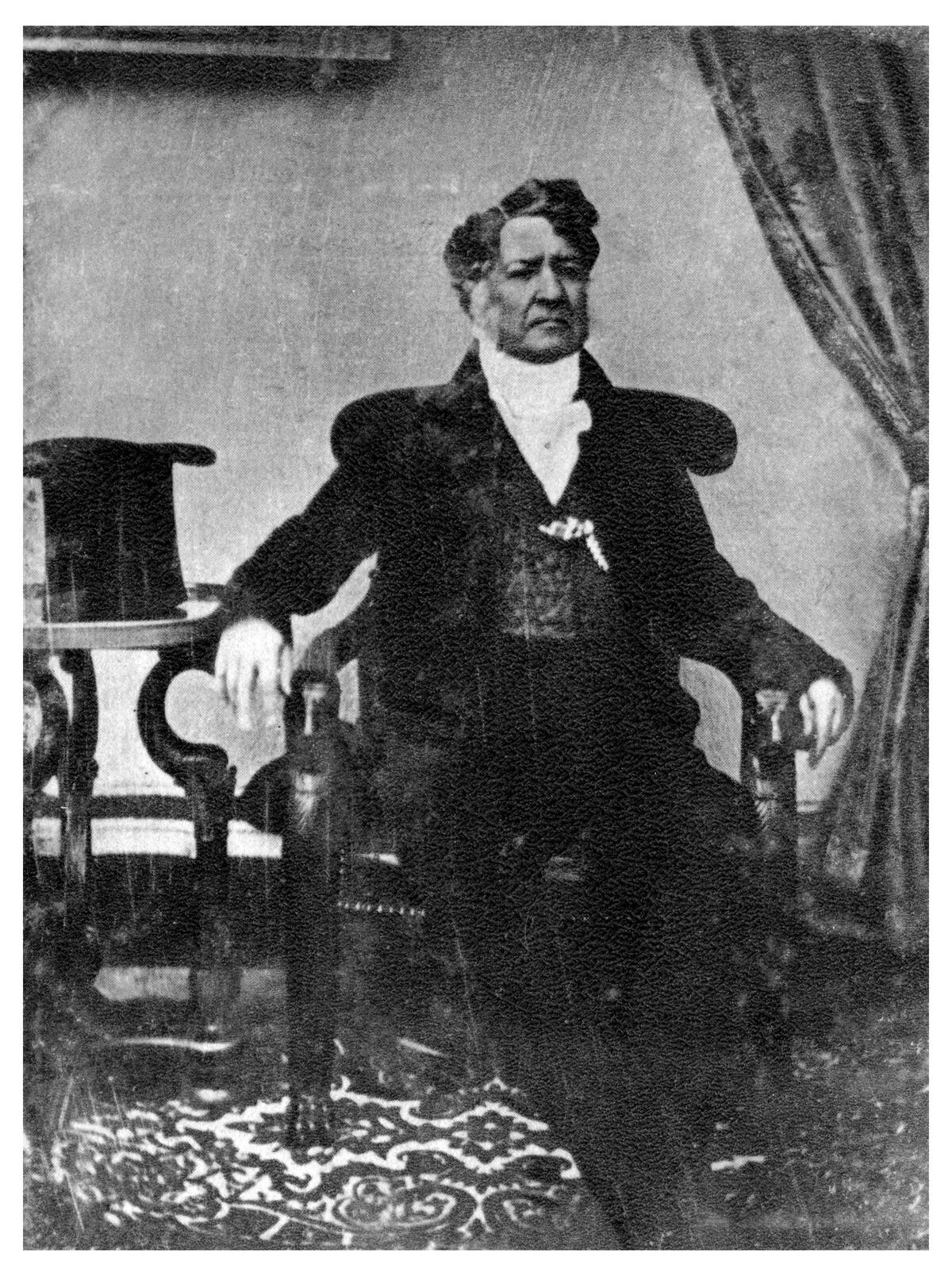
Louis-Philippe came to power after the July Revolution of 1830, but his reign ended with another in 1848. Known as the ‘Citizen King,’ he initially gained support from the middle class. However, economic hardship and his increasingly conservative policies led to widespread dissatisfaction. The February Revolution of 1848 forced him to abdicate, signaling the end of the July Monarchy and the establishment of the Second Republic.
Emperor Maximilian I of Mexico: Short-Lived Rule
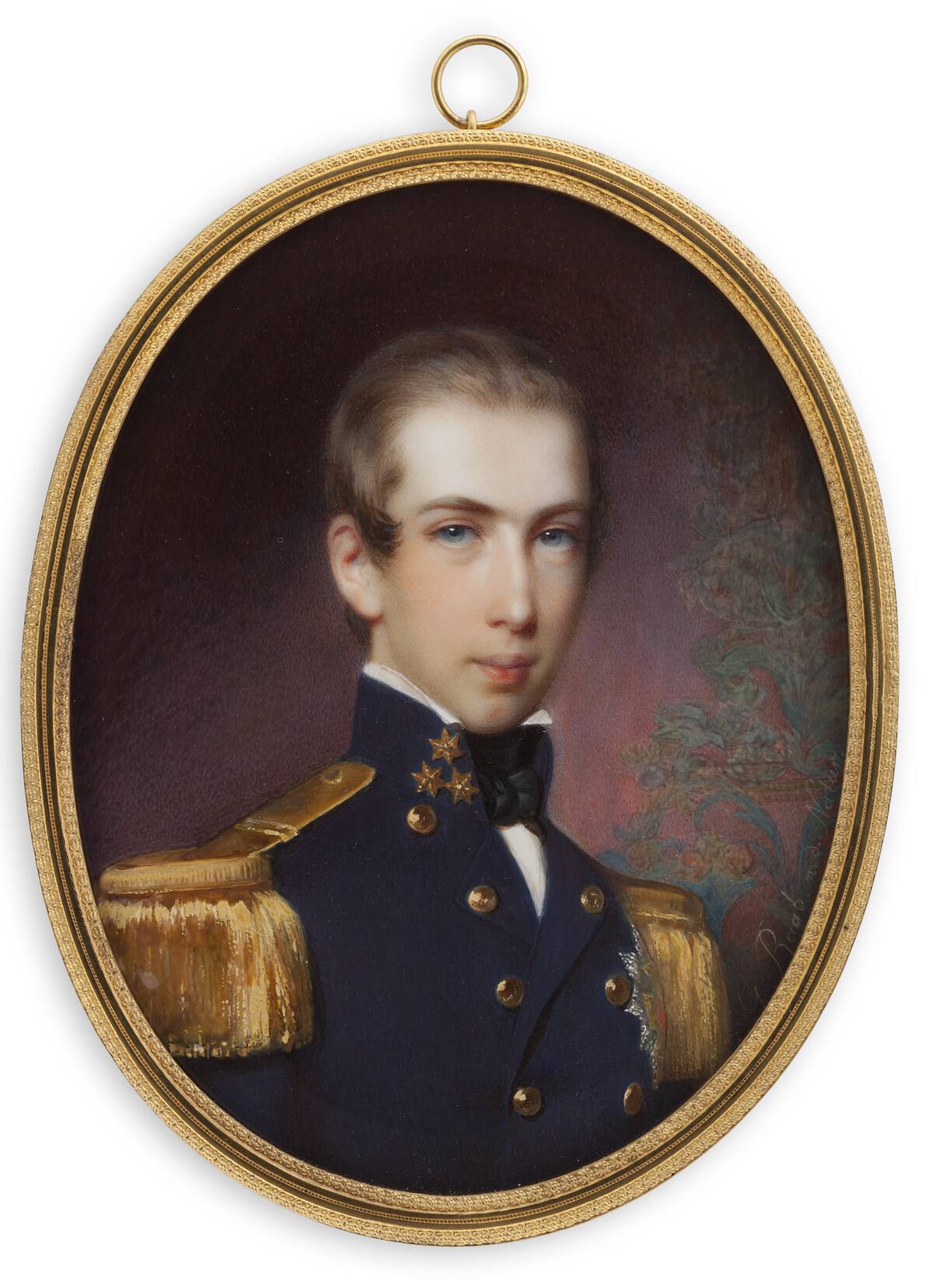
Emperor Maximilian I’s rule in Mexico was both brief and tumultuous. Installed by Napoleon III of France, his reign was fraught with opposition from Mexican republicans. Despite his attempts to win over the people by implementing liberal reforms, his foreign origin and reliance on French support undermined his legitimacy. Captured by republican forces, Maximilian was executed in 1867, ending his short-lived empire.
Ferdinand VII of Spain: A Tyrant’s Undoing
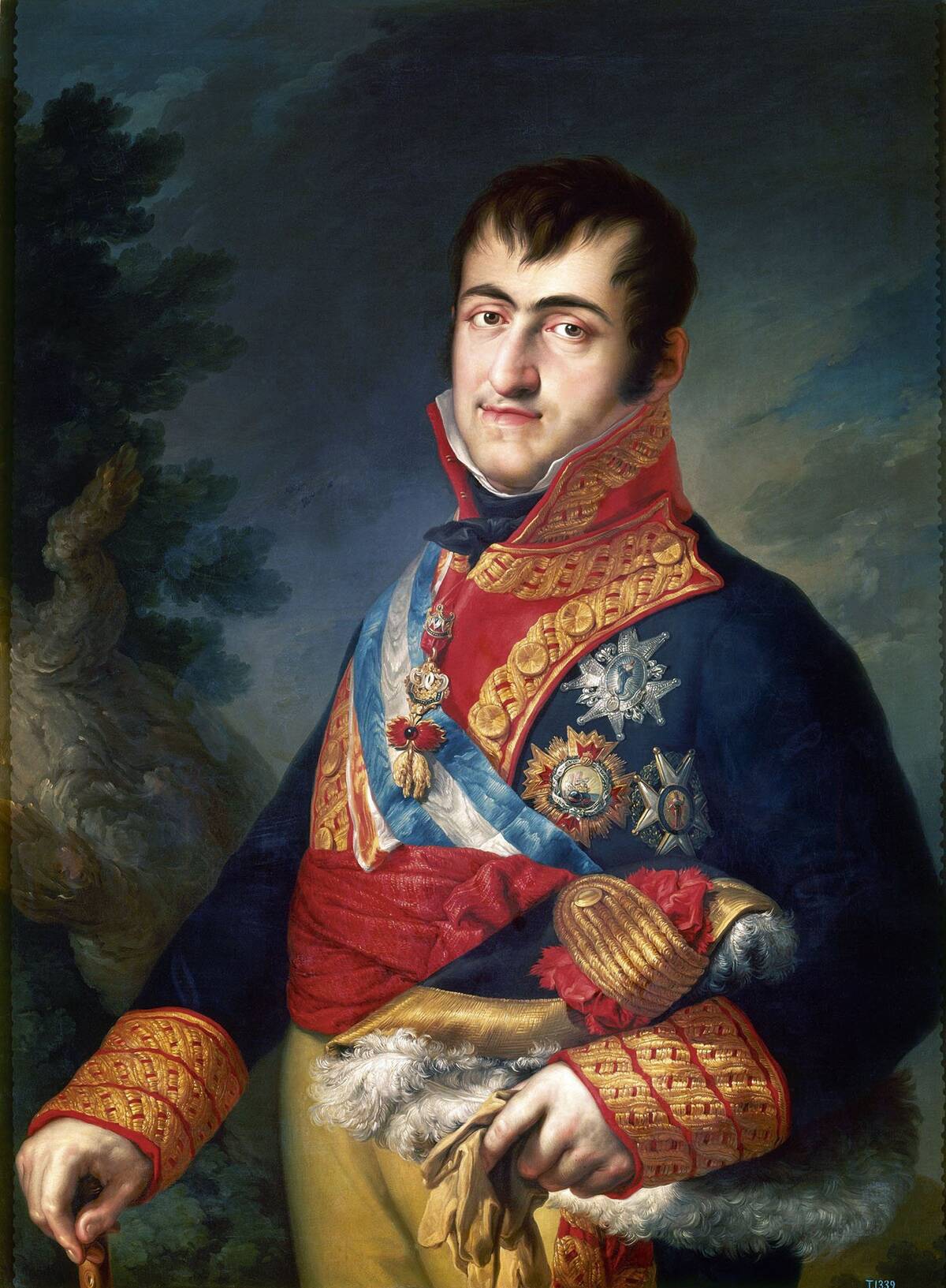
Ferdinand VII’s reign was characterized by political repression and absolute monarchy, which led to widespread unrest. His return to power after Napoleon’s fall saw the re-establishment of autocratic rule, undoing the liberal Constitution of 1812. The dissatisfaction among liberals and moderates sparked several uprisings. His death in 1833 left a contentious succession and a country on the brink of civil war.
Czar Alexander II of Russia: Reform and Revolt
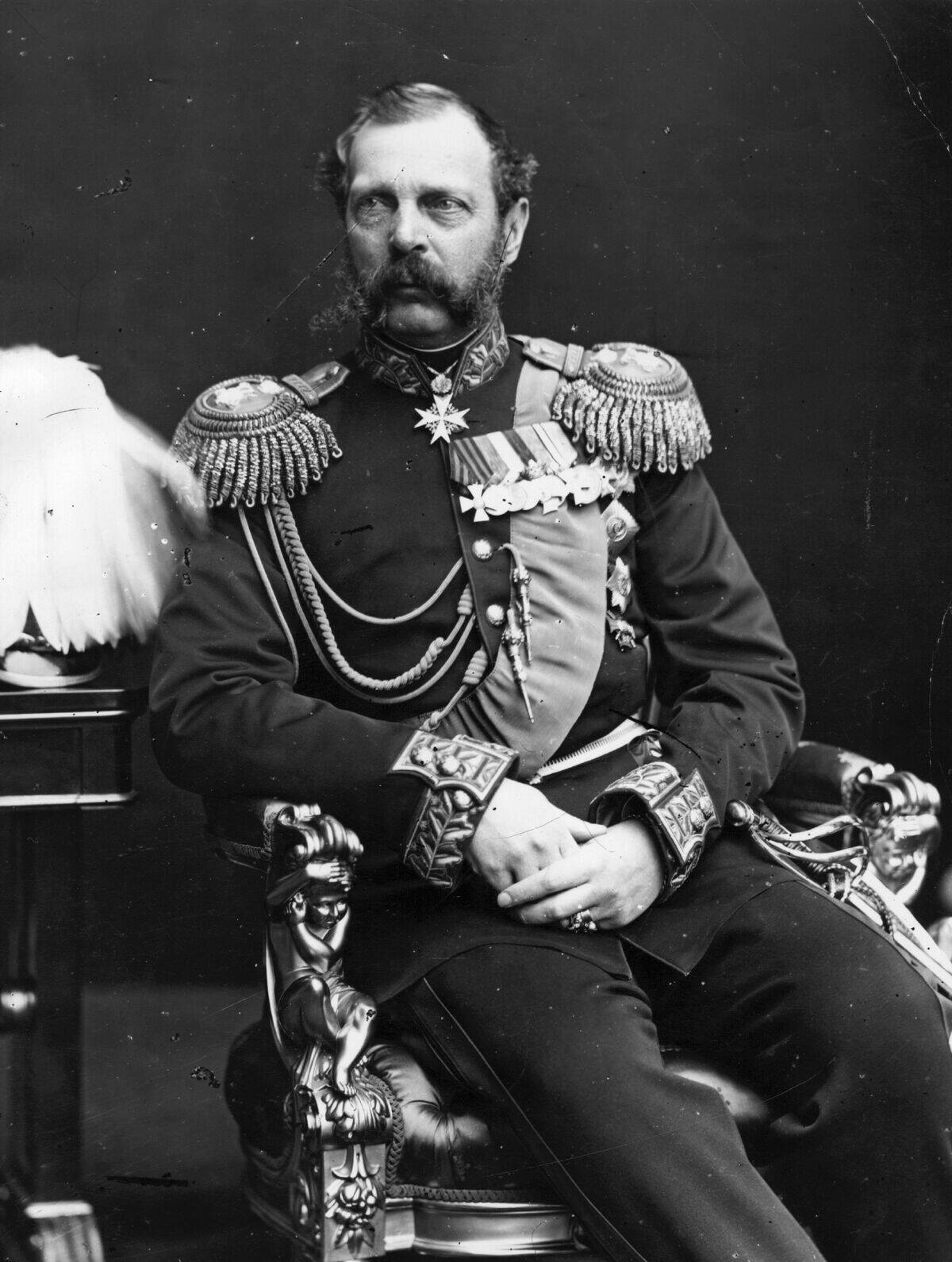
Czar Alexander II is often remembered for his ambitious reforms, including the emancipation of serfs in 1861. However, his reign was also marked by increasing unrest and revolutionary activity. The radical changes left many dissatisfied, from conservatives who opposed reforms to radicals who demanded faster change. His assassination in 1881 by a revolutionary group highlighted the deep divisions within Russian society.
Shah Mohammad Reza Pahlavi of Iran: The Fall of the Peacock Throne
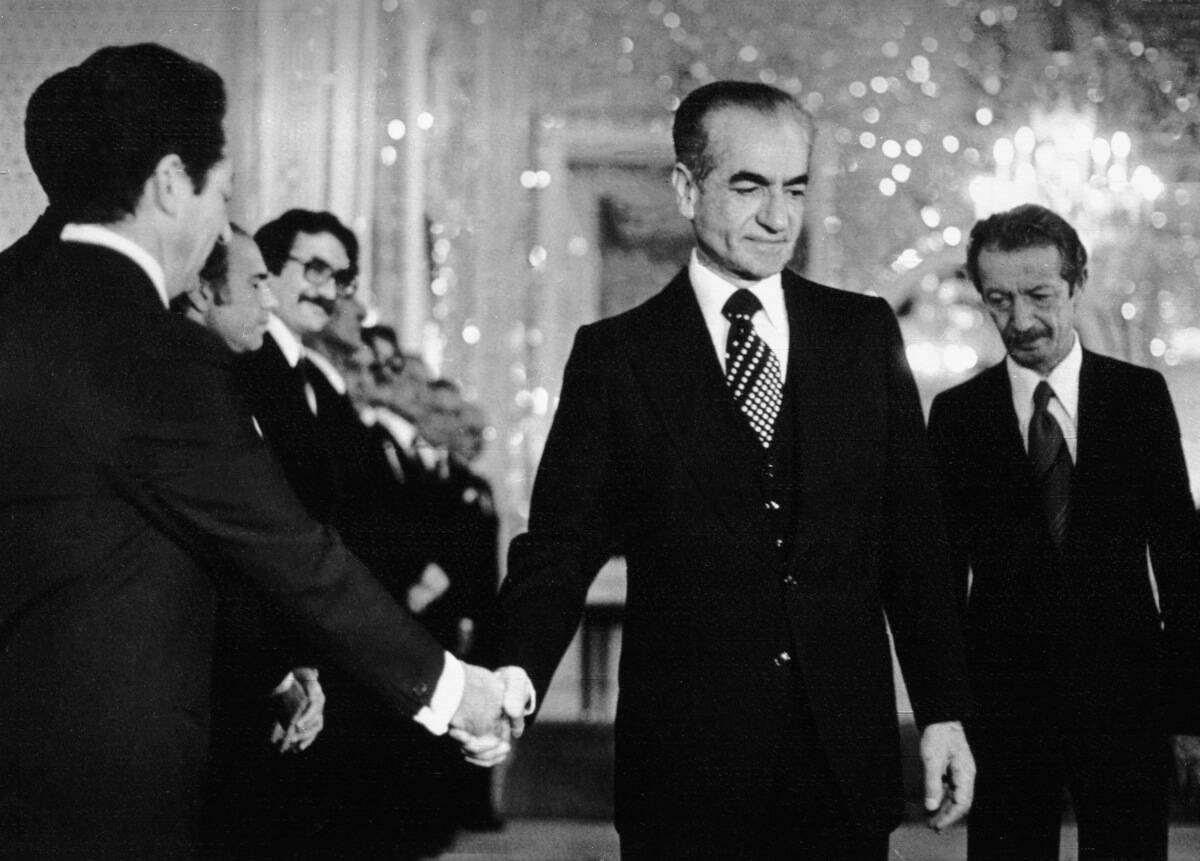
The last Shah of Iran, Mohammad Reza Pahlavi, faced a revolution that ended his reign in 1979. His modernization policies, perceived as Westernization, alienated traditional and religious groups. Coupled with autocratic rule and human rights abuses, these factors fueled widespread discontent. The Iranian Revolution led to his exile and the establishment of the Islamic Republic, a significant shift in the country’s political landscape.
King George III of Britain: The American Revolutionary Catalyst
![King [redacted] of England](https://media.tellmebest.com/wp-content/uploads/2023/10/king-george-iii-of-england-25804.jpeg)
King George III’s reign is often associated with the loss of the American colonies. His policies, seen as oppressive by the colonists, sparked the American Revolution. The imposition of taxes without representation and harsh responses to colonial dissent fueled revolutionary sentiments. The eventual success of the American Revolution marked a significant loss for the British Empire and set a precedent for other colonial independence movements.
King Louis XVIII of France: The Bourbon Restoration’s Fragility
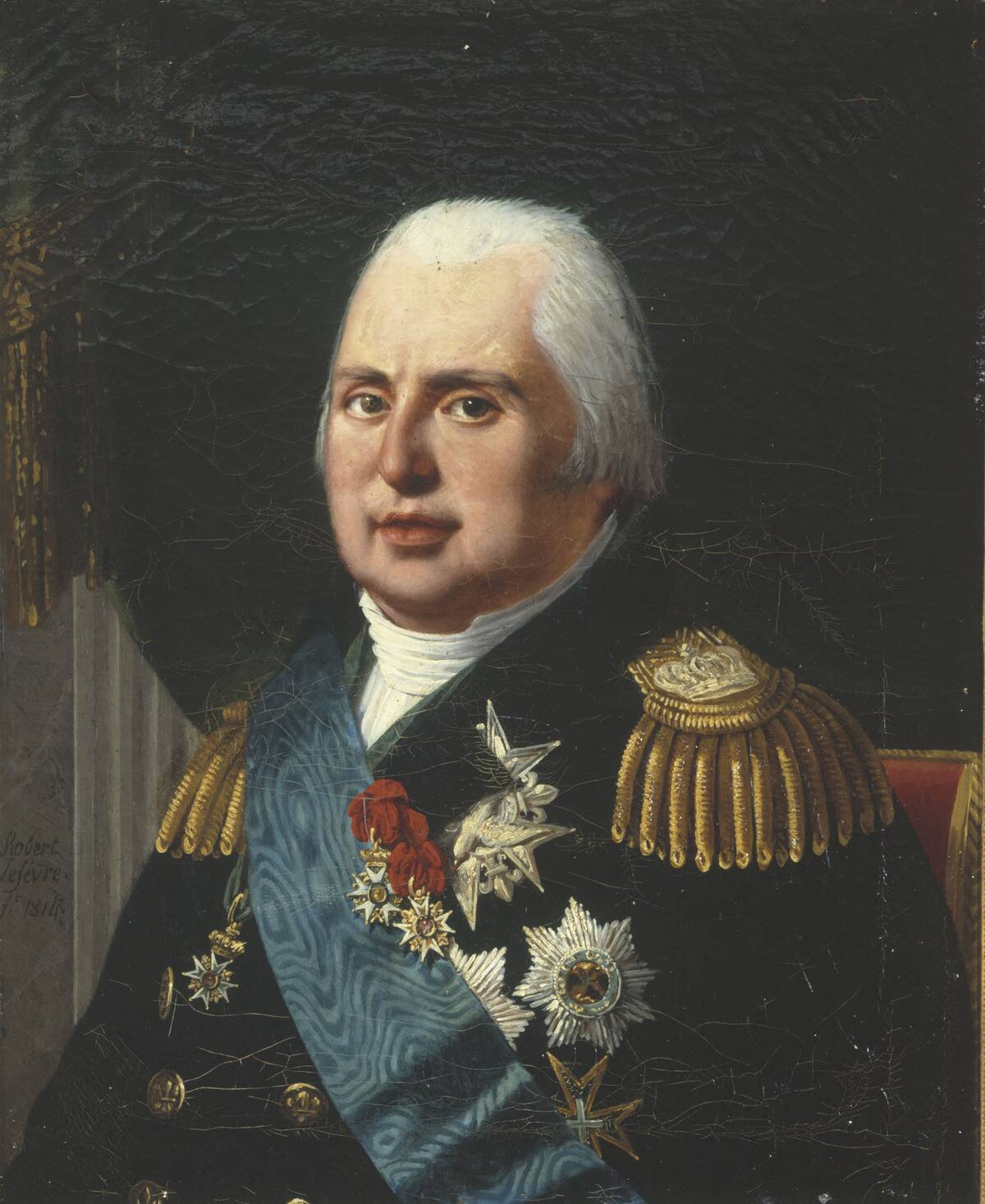
King Louis XVIII returned to the French throne after Napoleon’s defeat, ushering in the Bourbon Restoration. His reign was a delicate balancing act between royalists and the legacy of the Revolution. While he attempted to maintain stability, his inability to fully appease both sides led to ongoing tension. His death in 1824 left a fragile monarchy that would soon face further challenges with the July Revolution.
Emperor Bao Dai of Vietnam: The Last Emperor’s Fateful Reign
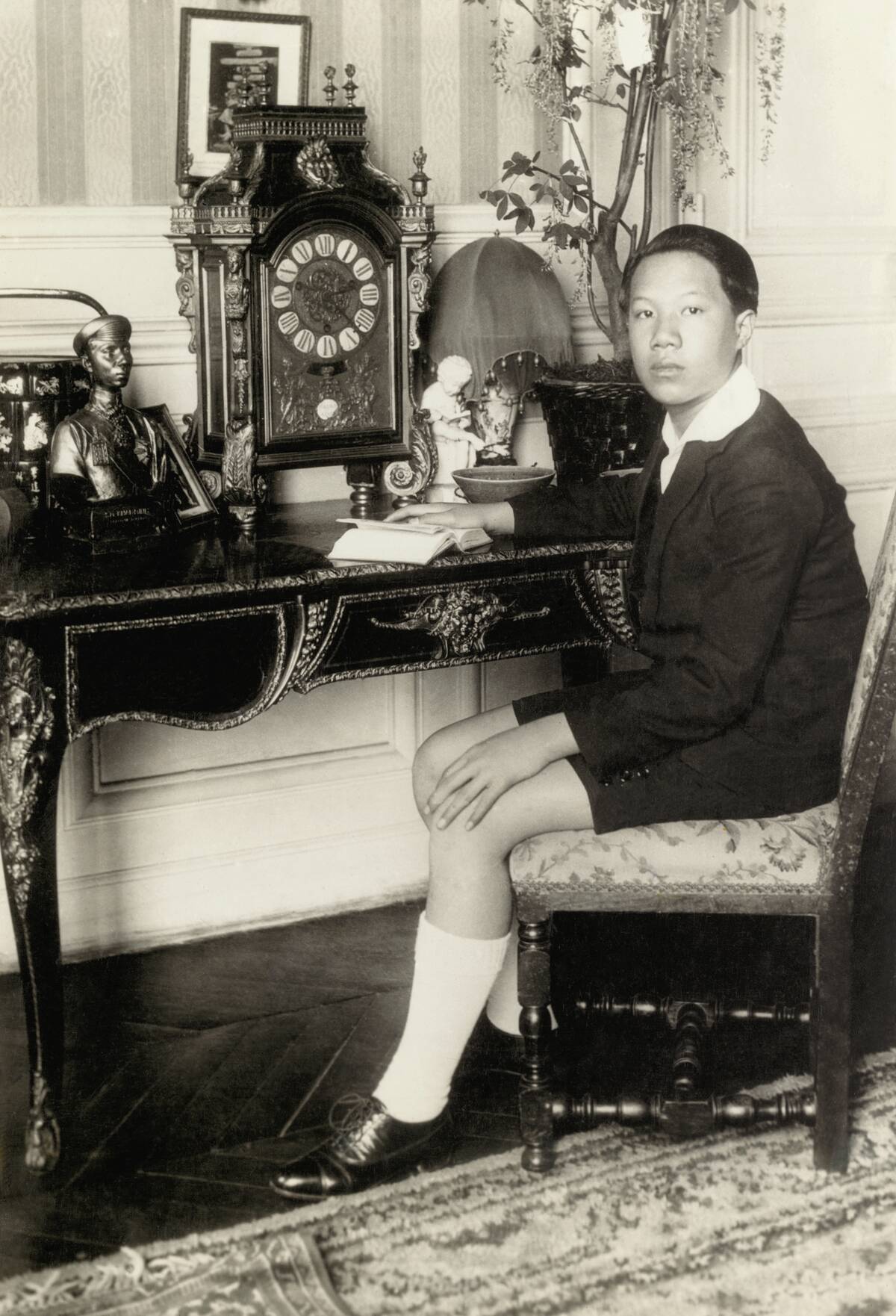
Emperor Bao Dai’s reign as the last emperor of Vietnam was a period of significant upheaval. His rule was marred by the complexities of colonial influence and the rise of revolutionary movements. Despite attempts to modernize and assert independence, his collaboration with the French weakened his position. The August Revolution of 1945 marked his abdication and the end of the Nguyen dynasty, paving the way for a new era in Vietnamese history.
Marie Antoinette: The Queen’s Role in Revolution
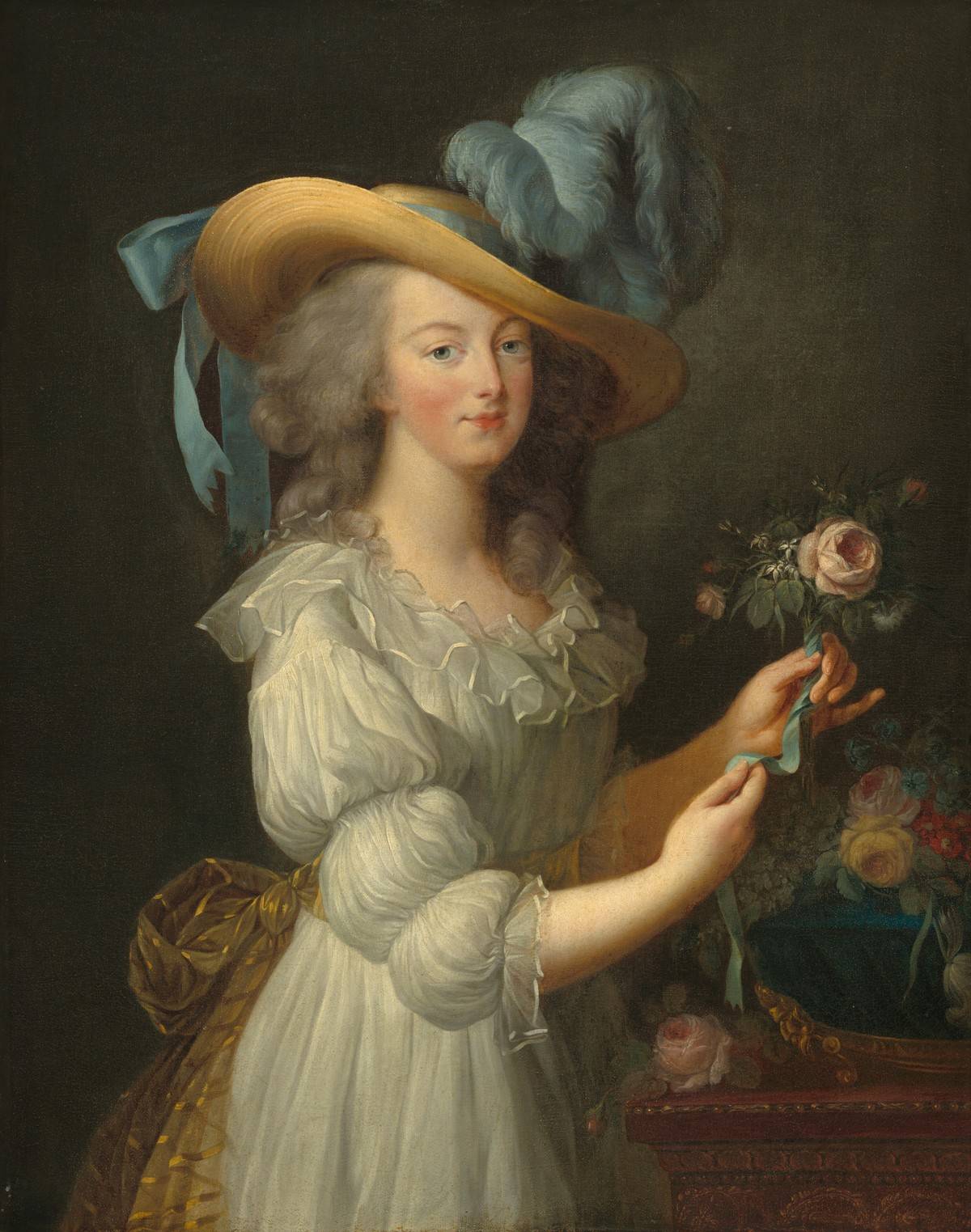
Marie Antoinette, the last queen of France before the Revolution, remains a controversial figure. Her extravagant lifestyle and perceived indifference to the plight of the French people fueled revolutionary fervor. The infamous phrase, ‘Let them eat cake,’ though likely apocryphal, symbolized her detachment. Her eventual execution, alongside her husband Louis XVI, was a dramatic symbol of the monarchy’s fall and the people’s demand for change.
King James II of England: The Glorious Revolution’s Trigger
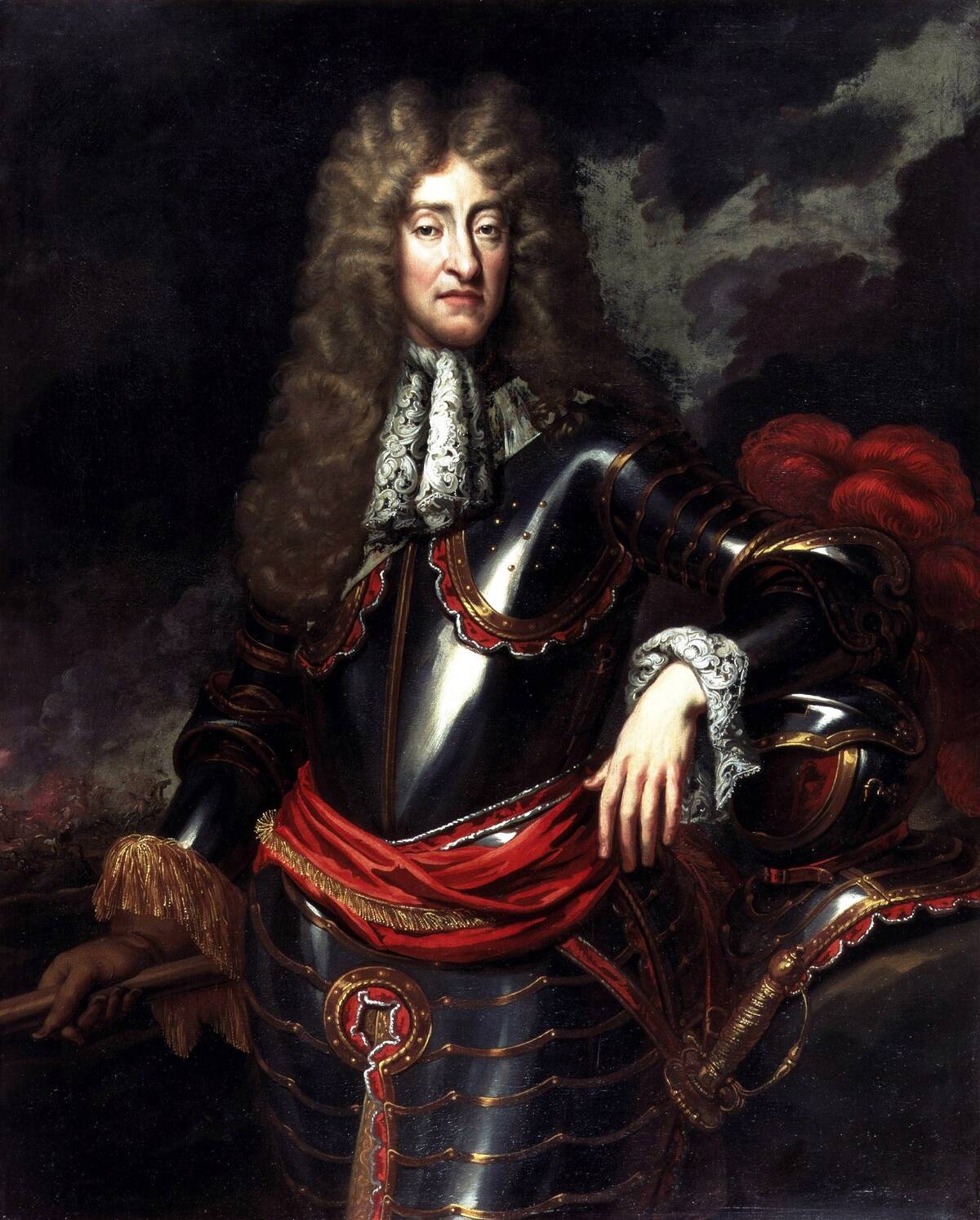
King James II’s reign ended with the Glorious Revolution of 1688, a pivotal moment in British history. His overt Catholicism and attempts to promote religious tolerance for Catholics alarmed Protestant England. The birth of his son, a potential Catholic heir, intensified fears. The invitation to William of Orange to invade England led to James’s abdication and the establishment of a constitutional monarchy, forever altering the British political landscape.
Queen Isabella II of Spain: A Monarchy in Turmoil
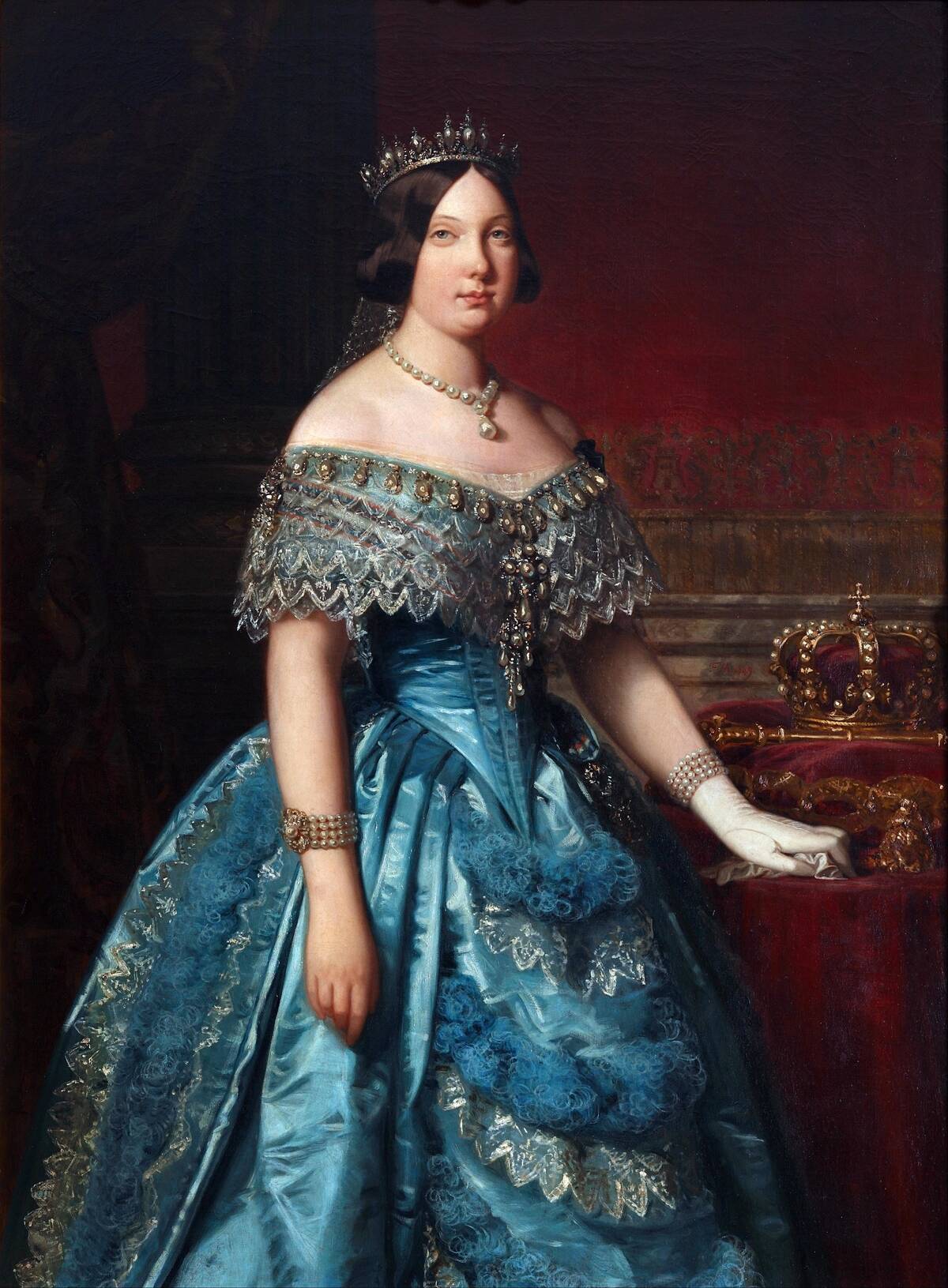
Queen Isabella II’s reign was marked by political instability and factionalism. Ascending to the throne as a child, her rule saw numerous military uprisings and the Carlist Wars. Her favoritism and scandalous private life further alienated the public. The Revolution of 1868, known as the Glorious Revolution, led to her dethronement and exile, marking a period of experimentation with different forms of government in Spain.
King Farouk of Egypt: The End of an Era
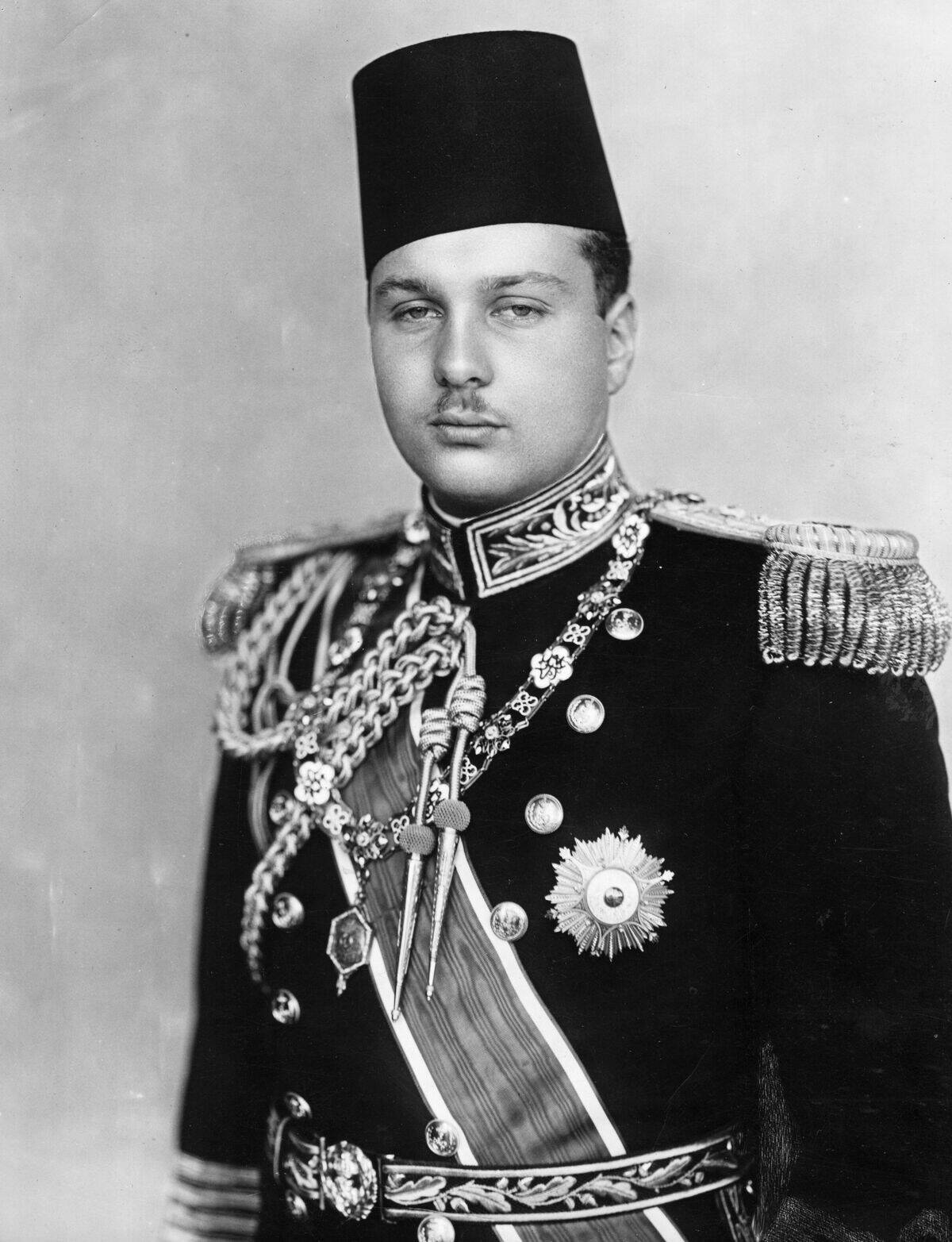
King Farouk’s reign ended with the Egyptian Revolution of 1952, which abolished the monarchy. Known for his lavish lifestyle and corruption, Farouk’s rule was increasingly unpopular. The Free Officers Movement, led by Muhammad Naguib and Gamal Abdel Nasser, orchestrated a coup that ended his reign. His abdication and subsequent exile marked a turning point in Egypt’s history, leading to the establishment of a republic.
Emperor Haile Selassie of Ethiopia: The Lion of Judah’s Last Stand
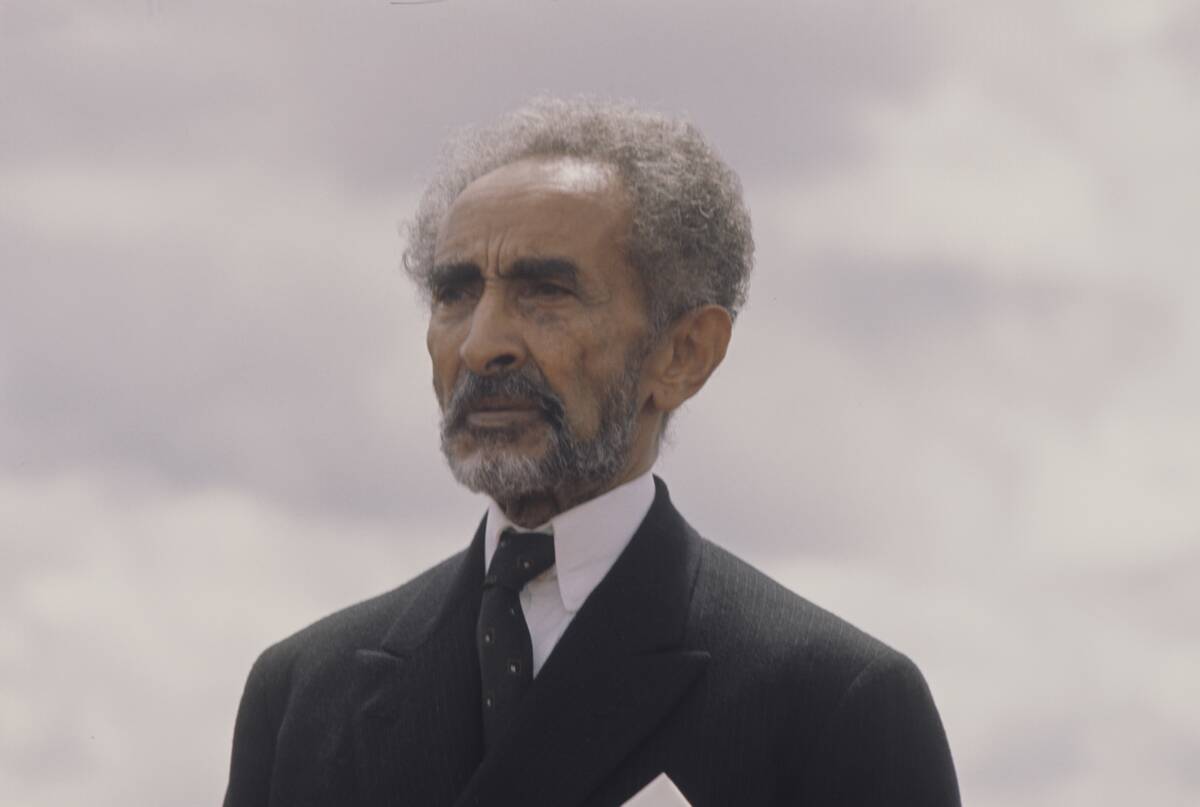
Emperor Haile Selassie, revered as the Lion of Judah, saw his reign end with the Ethiopian Revolution of 1974. His efforts to modernize the country were overshadowed by economic difficulties and social unrest. Famine and rising discontent led to his overthrow by a Marxist-Leninist military junta known as the Derg. His deposition marked the end of a centuries-old imperial dynasty and the beginning of a new, tumultuous chapter in Ethiopian history.



